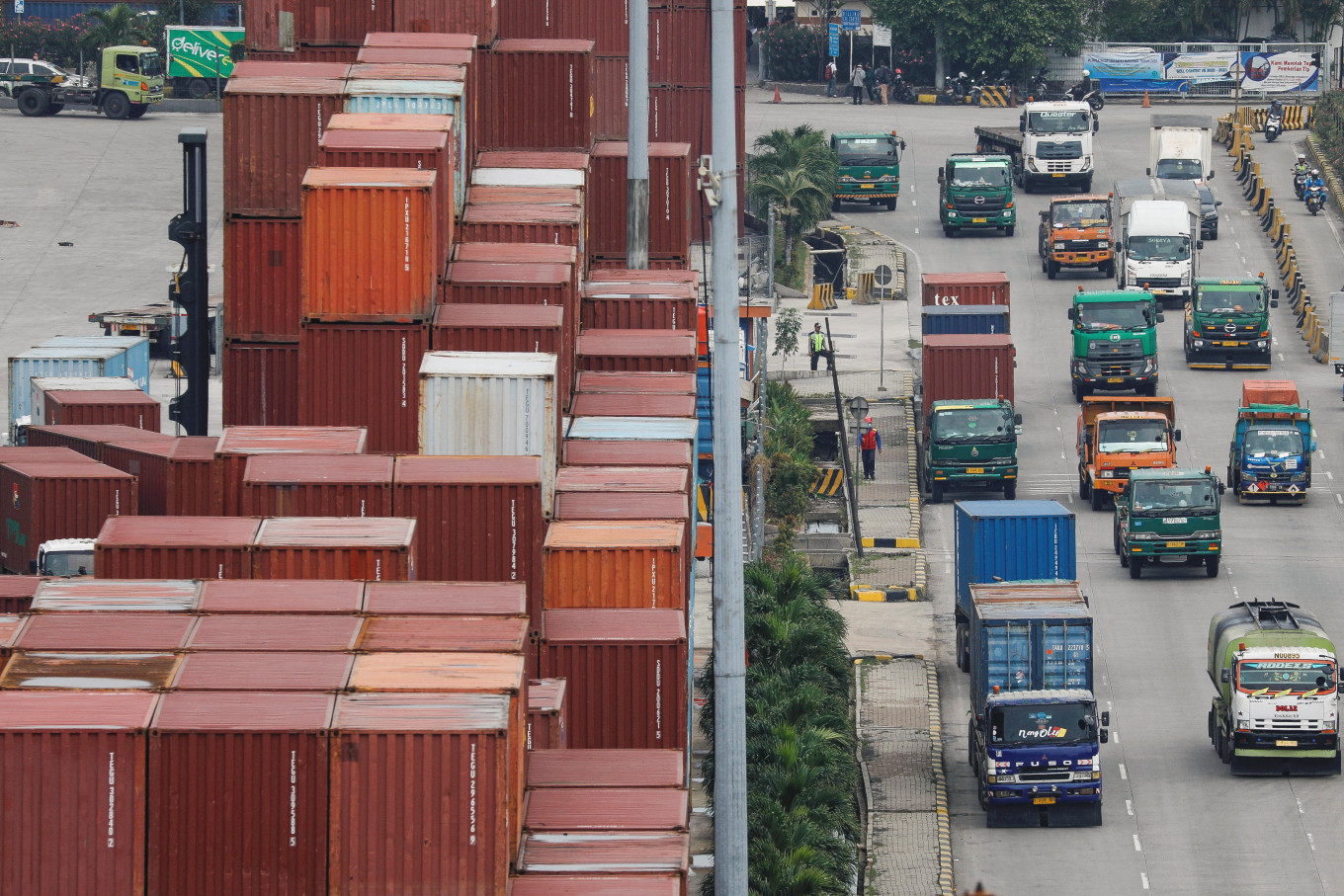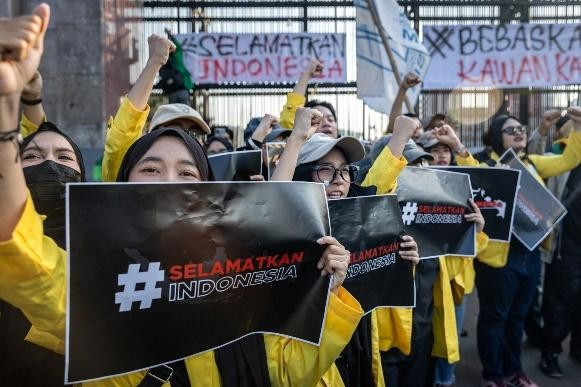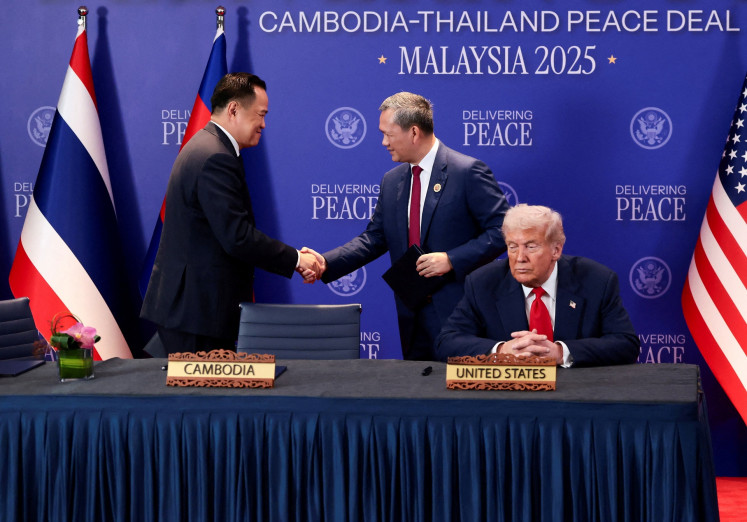Popular Reads
Top Results
Can't find what you're looking for?
View all search resultsPopular Reads
Top Results
Can't find what you're looking for?
View all search resultsWhat’s wrong with more regionalization?
More reliance on regional trade ties further strengthens the spokes of the global economy.
Change text size
Gift Premium Articles
to Anyone
T
rade theorists have long warned of the implications of increased economic regionalization. Any development along these lines, they have long argued, would undermine key structural elements of the world economy.
Of course, regional trade agreements need to be monitored carefully, so that they do not lead to a diminished level of market openness.
However, the stark contrast typically drawn up between globalization and regionalization needs revisiting for two main reasons: First, globalization is here to stay. Simply put, for all the talk about “friendshoring”, “reshoring”, “decoupling” or “derisking”, the benefits of trading across continents will never cease to exist.
The current move toward more diversification of trading relationships and supplier networks is a far cry from the alarmist worry that we are experiencing “deglobalization”. The United States, for example, has reduced its import dependence on China, shifting exposure toward other Asian countries instead.
Second, it is high time to recognize that globalization and regionalization, in a hub-and-spokes sense, are complementary economic forces, not opposing ones. Economic regionalization is an important engine of regional competitiveness – and hence also of global growth.
The general trend toward economic regionalization began in earnest with the launch of the European Economic Community in the late 1950s – and reached North America in the mid-1990s. The Regional Comprehensive Economic Partnership (RCEP), covering a market of 2.2 billion people, went into force in Asia on Jan. 1, 2022. The 15 Asia-Pacific countries that joined it now form the world's largest trading bloc. And in Africa, 54 of the 55 African Union began trading under the African Continental Free Trade Area a year earlier, on Jan. 1, 2021.
These developments also underscore that we should refine our traditional understanding of supply chains. While globe-spanning supply chains are a very important element of the world economy, many more are, at their core, regional.
Whether inside the EU, in North America, in Asia and, over time, also in Africa, it is increasingly region-based supply chains that make the global economy hum. In many industries, geographic positioning is key to responding to customer needs – whether in terms of market knowledge, product specification requirements or promptness of response. In addition, geographical proximity, common languages and cultural proximity are important vectors of economic activity.
To see just how important regional trade ties are, one just needs to look at some numbers. For example, 61 percent of all 27 EU member countries’ external trade is conducted intra-EU, according to the European Commission. And for all of Germany’s global export prowess, 54 percent of German exports go inside the European Union, while 48 percent of German imports come from those nations.
In North America, Canada and Mexico rank as the US’s second- and third-largest trading partners. Nearly 50 percent of trade flows originating in North America take place among the US, Canada and Mexico. Similarly, four of China’s top five trading partners are located in Asia (Hong Kong, Japan, South Korea, Vietnam).
These numbers make plain why the world economy will over time develop a distinctly regional – if not neighborly – feel. In a way, we have played a trick on ourselves by describing most cross-border economic activity in shorthand as globalization.
The structure of the world economy has also changed insofar as, 50 years ago, it was predominantly large US firms that shaped the global economy. Now, there are globally active corporations from a greater variety of countries.
Whether to protect themselves against the vagaries of exchange rate movements or to be closer to their customers, they have set up operations close to their chosen customer base and continue to expand them.
For all these reasons, regionalization – in the sense of a stronger regional balancing – of the world economy is something to be welcomed, not bemoaned. Regional spokes balance economic growth more broadly and make it more stable. Climate change considerations may also drive more regional integration.
Advancing regional integration presents many nations with the opportunity to tap into underdeveloped economic and institutional potential. Building out these regional spokes or subcenters is what, over time, provides a stronger underpinning for a more multipolar form of global economic integration.
***
The writer is the chief economist at Allianz.











